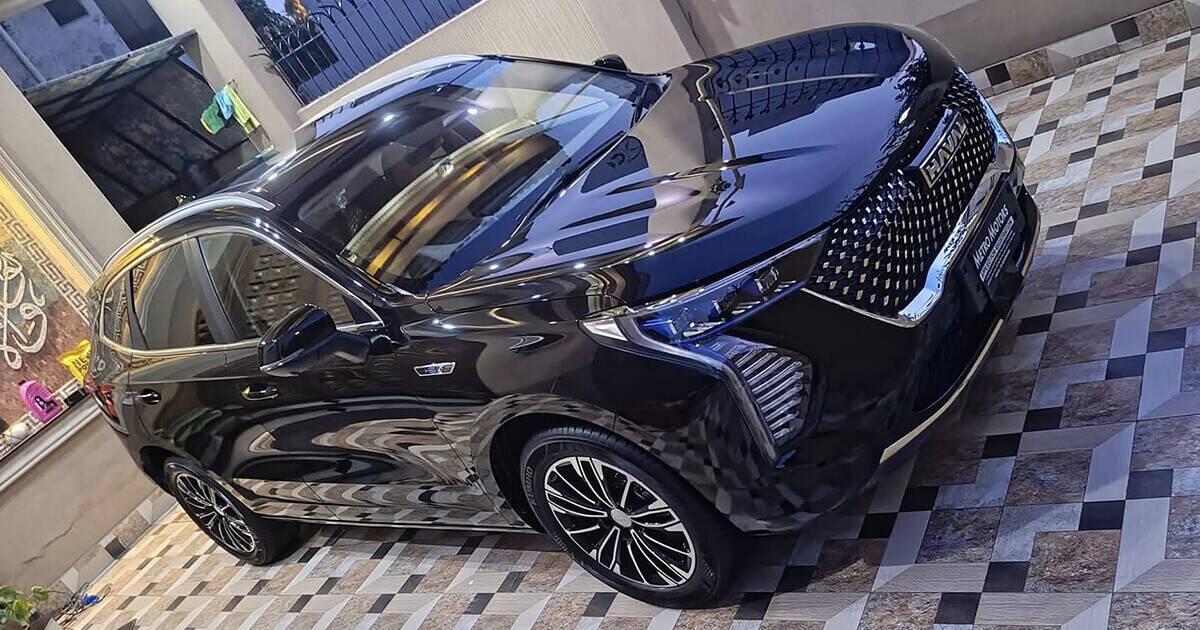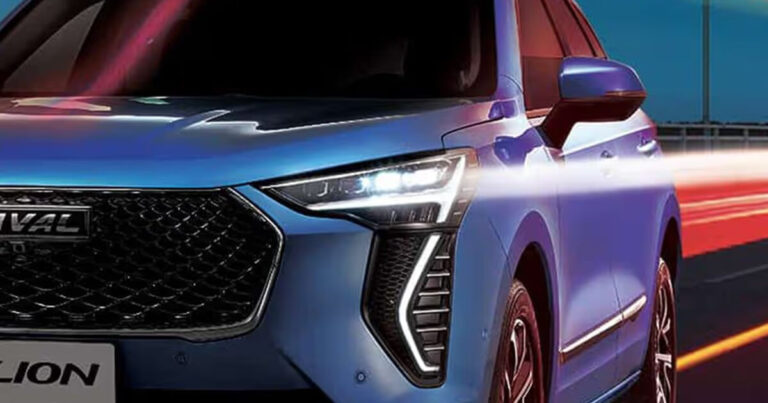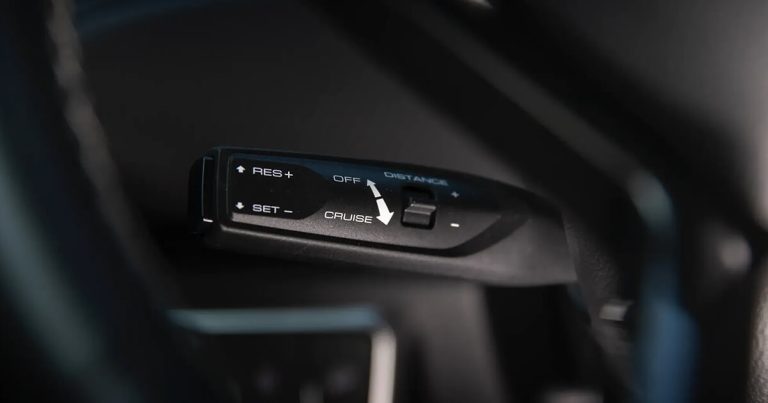Automobile owners buy and use car wax for two key purposes:
- To give their automobile a good shine after a wash.
- As a protective layer against dust.
It has helped them keep their vehicle in pristine condition. Motor car wax helps create a protective layer on the vehicle’s body, shielding it against dust and other environmental contaminants. A drawback, however, exists: wax needs to be reapplied on automobiles periodically. The wax layer doesn’t last long and can wear off over time.
Nowadays, more options are available apart from automotive body wax. They protect them against both dust and environmental contaminants. The options are ceramic and glass coatings. The former isn’t exactly the best option due to inherent limitations. The latter is gaining more popularity. Let us now read more about glass coating car in further detail.
Understanding Car Coating
Vehicle Coating is a protective layer that is applied to an auto’s body. It helps protect its paint and other surfaces from damage caused by various environmental factors, especially:
- Rain.
- Dirt.
- Ultraviolet (UV) rays.
- Other environmental debris.
These coatings can be made from a variety of materials and provide long-lasting protection for automobiles, including ceramic, polymer, and glass. The latter is becoming increasingly popular, surpassing ceramic coatings in popularity.
It protects against both environmental and non-environmental damage. The vehicle’s appearance is not only preserved, but its monetary value is also maintained.
Understanding Glass Coating and Its Benefits
What is Glass Coating? It is a layering process that involves applying a liquid polymer. When it is applied to a vehicle’s surface, it creates a chemical bond with it. The resulting layer is a robust and transparent protective layer.
Coating an automobile with a protective transparent coating is different from typical sealants. It provides long-lasting protection against chemical stains and UV rays. It also makes it a worthwhile choice for protecting the vehicle’s windows and windscreen.
There are numerous benefits of car glass coating. It is known for its durability and glossy transparent finish. The layering comprises silica nanoparticles that create a solid and protective layer over the automobile’s body.
Windows and screens are safe against bird droppings, harsh chemicals, dust, environmental debris, tree sap, and other elements that can cause damage. The shiny nano covering helps protect against multiple reapplications. It hence saves time and money.
The Technology that supports Glass Film
Reflective nano-layering uses advanced nanotechnology. This is why it offers protection at the microscopic level. It has tiny nanoparticles that can fill the microscopic pores of the transparent film. It hence provides a smooth, transparent, and clear surface.
The result also improves the coating’s clarity. It not only enhances the car’s appearance but also offers protection against oxidation and UV Rays. A reflective and transparent nano overlay helps maintain the vehicle’s showroom finish for an extended period.
A brief comparison of both ceramic and reflective veneers
Both ceramic and reflective veneers protect automobiles. The base materials and bonding agents are the difference. It helped improve durability and visibility in poor weather conditions. Now it is used on vehicles.
The former is commonly used on paintwork and reflective surfaces. However, its main objective is to boost gloss. It is not effective in protection.
The proven advantages of protective glass coating
If protection is the primary concern of automobile owners in terms of coatings, protective nano coating is the best answer. It is the most suitable option as an all-in-one defence mechanism against environmental impurities and particles. Let us now examine its benefits briefly:
Amplified Visibility
Reflective films create a hydrophobic surface. It repels water, dust, and other contaminants. Thus, the automobile’s body remains spotless.
It helps with safety
At times, specific body colours create glare. That can affect the sight of incoming motorists. Reflective claddings help reduce glare on bright colours, making it easier to see. Whether day or night, it helps protect the sight of other drivers from glare.
These coatings ensure durability and protection for motor vehicles
Reflective glaze veneers protect vehicles against the following:
- Scratches.
- UV damage.
- Stains of all kinds.
This helps maintain the automobile’s original paint.
Protective nano-layering is easily maintained
A top-notch, transparent nano coating is maintained easily. There is no need to use wax. A dry cloth can help remove dirt, dust, and grime easily. The surface afterwards remains spick and span.
The automobile’s aesthetics get a boost
Transparent veneers are better than ceramic coatings. They help improve the vehicle’s gloss and shine, resulting in a much better appearance.
How are glass layerings applied to motor vehicles?
The application of reflective nano film coatings on vehicles requires the surfaces to be cleaned and polished. Old model automobiles need paint correction after a new paint job. Moreover, qualified professionals should apply these coatings.
Potential disadvantages of using glass coating on vehicles
Transparent nano veneers have unique advantages. However, they also have disadvantages that are not new, but rather concerning. It is time we went through them briefly.
The money aspect
Transparent nano film coatings aren’t affordable. They cost between PKR 10 and 40K. Pricing isn’t uniform, as it costs more to cover a sedan and an SUV.
Applying them is difficult
Professionals should best apply transparent nano veneers. The process requires specialist equipment to ensure the surface is not uneven. The material dries and hardens quickly. Moreover, the process should be conducted in a dust-free area to prevent contamination. Otherwise, the coating will be bumpy. Contaminants can damage the automobile’s paint and coating.
The coating’s chemicals are toxic
Chemicals that make up transparent veneers can be toxic. They do smell like fuel, but they can also cause skin irritation if they come in contact with the skin. It is best to get such coatings applied by professionals. Experts discourage the use of do-it-yourself (DIY) reflective coating kits at home.
Conclusion
Reflective transparent film coatings are superior to ceramic coatings for all types of automobiles. They thoroughly protect the vehicle and reduce glare. These coatings even safeguard the motor vehicle’s screens and windows against environmental particles and contamination. Select a reputable service provider to ensure your vehicle receives proper coating.




